If you remember the birth of video games and digital media, you probably remember the blocky, geometric style that images came in. For a bunch of squares, they looked remarkably like aliens, warriors, and more!
As graphics technology evolved, things became more and more realistic. But for some, that blocky, "8-bit" style still holds a special place in their heart.
One of those people is artist Adam Lister, who uses traditional painting — as well as some very classical inspirations — to celebrate this distinct style.
His paintings turn back the hands of time to multiple periods: not only does Adam draw inspiration from old master painters — like Raphael, van Gogh, and Picasso — but also from the pixelated human figures and landscapes from video games of the '80s and '90s.
While they're not for everyone, video games have been major influences over people's lives in the past four decades. Even dogs, like River the singing greyhound, seem to get in on them!
Adam also recreates more recent iconic art, too, much as scenes from popular movies and TV shows.
Check out Adam's unique artwork below, and see how many of the paintings and other images you can recognize!
(H/T: Colossal)
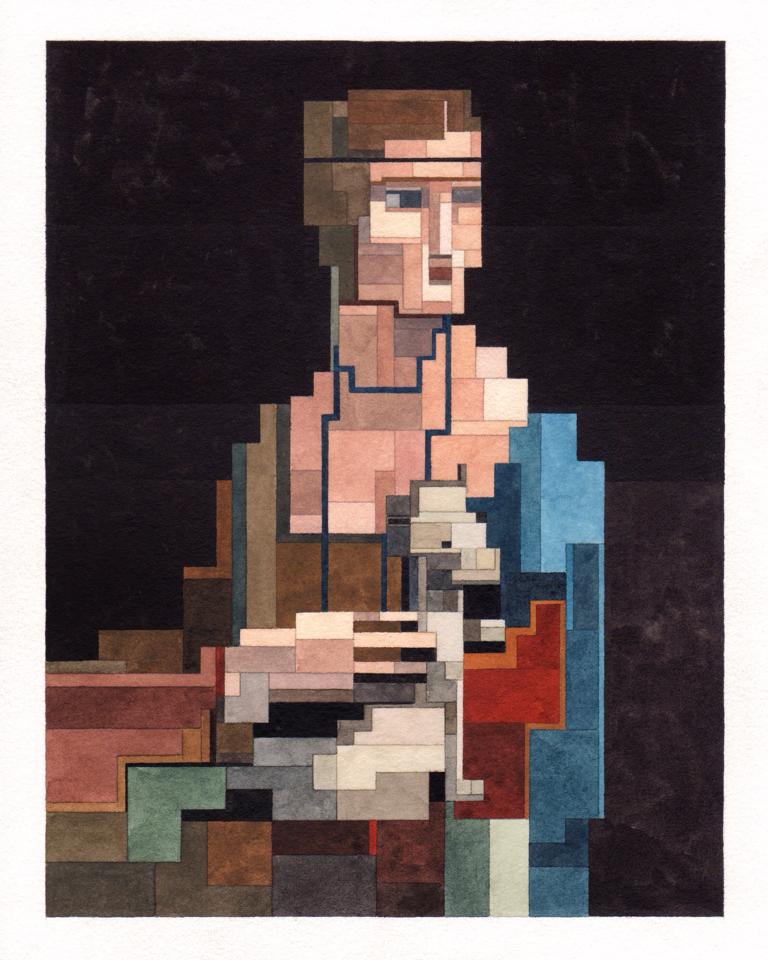
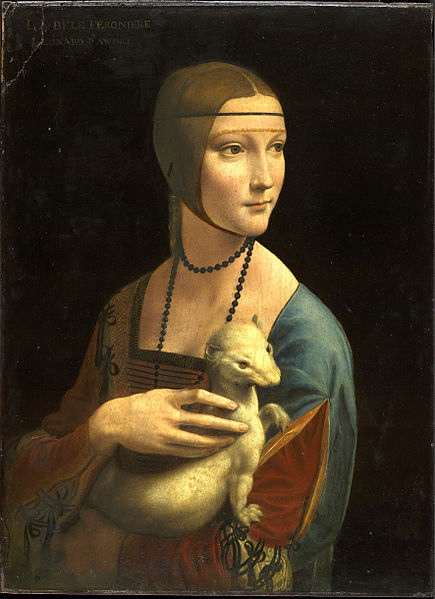
To create his paintings, Adam takes an image, like this da Vinci painting, and reduces it into flat, rectangular areas of color.
If you've ever zoomed in on a low-resolution image on your computer, you'll see curved shapes turn into squares, too.
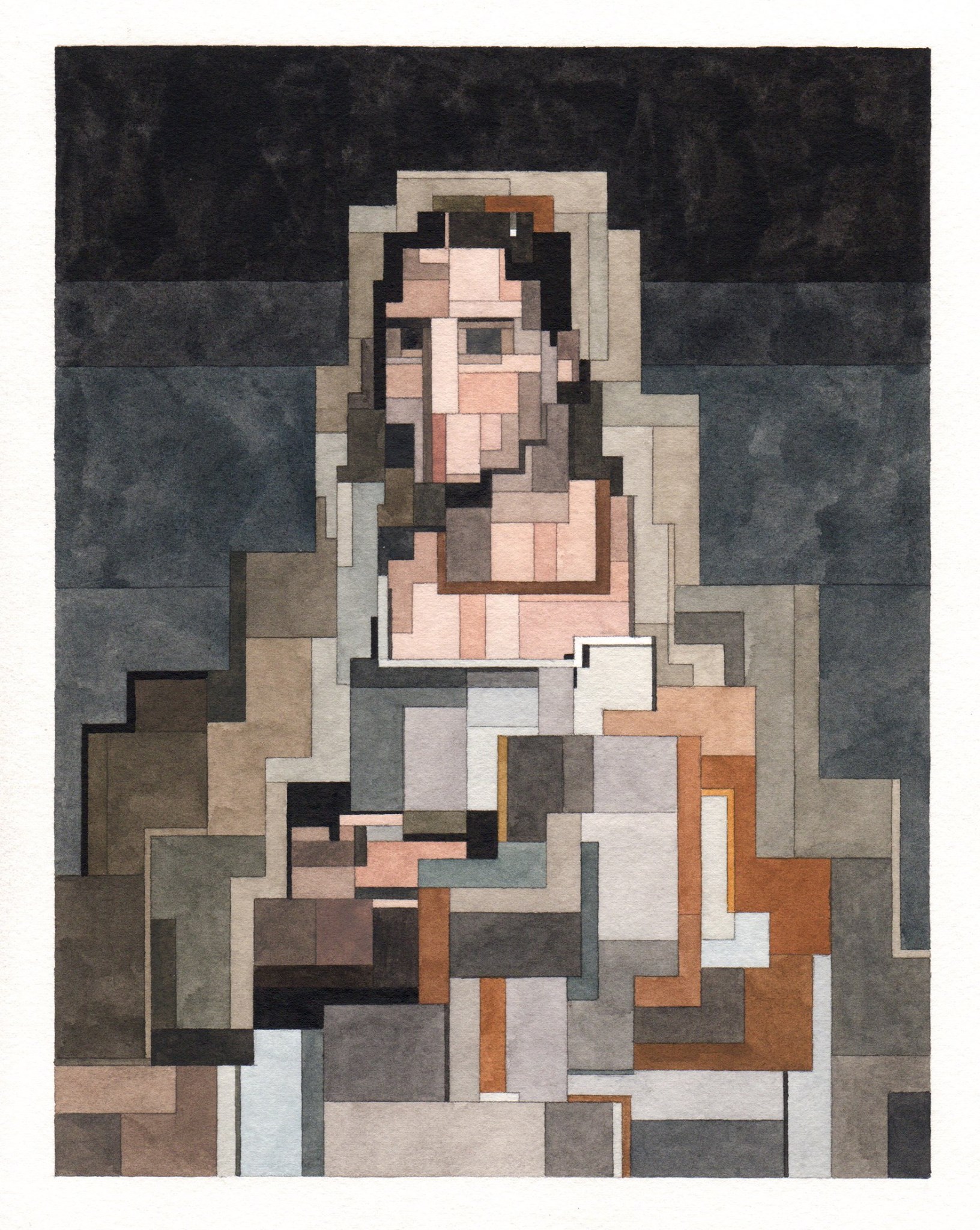

It's fascinating, though, because if you squint or move farther away, Adam's paintings and the originals look the same!
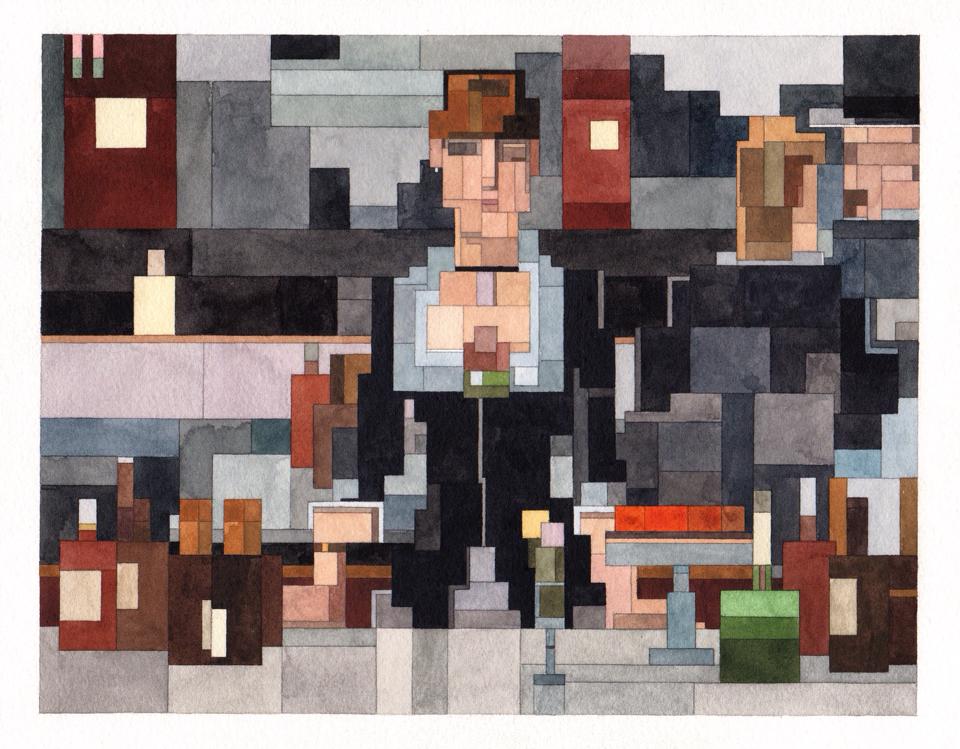
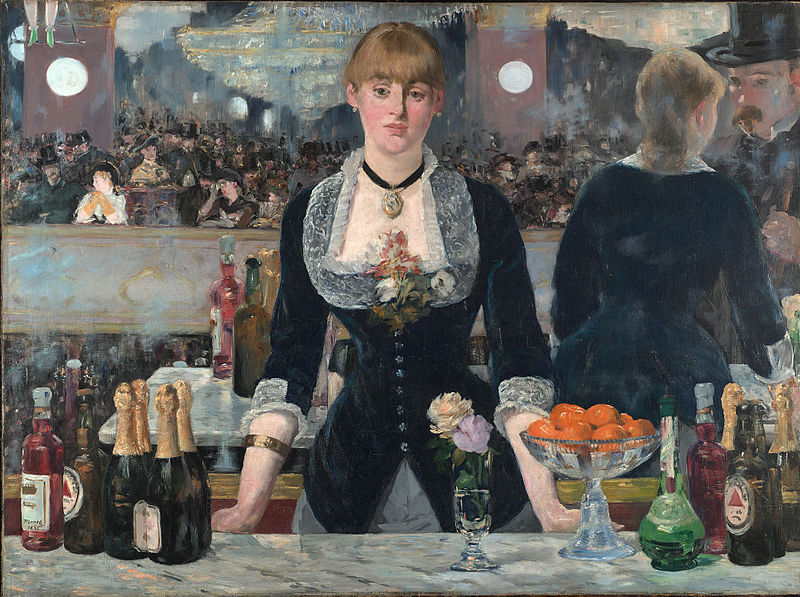
See if you can recognize the famous paintings he's recreated in his unique style. You'll probably surprise yourself!
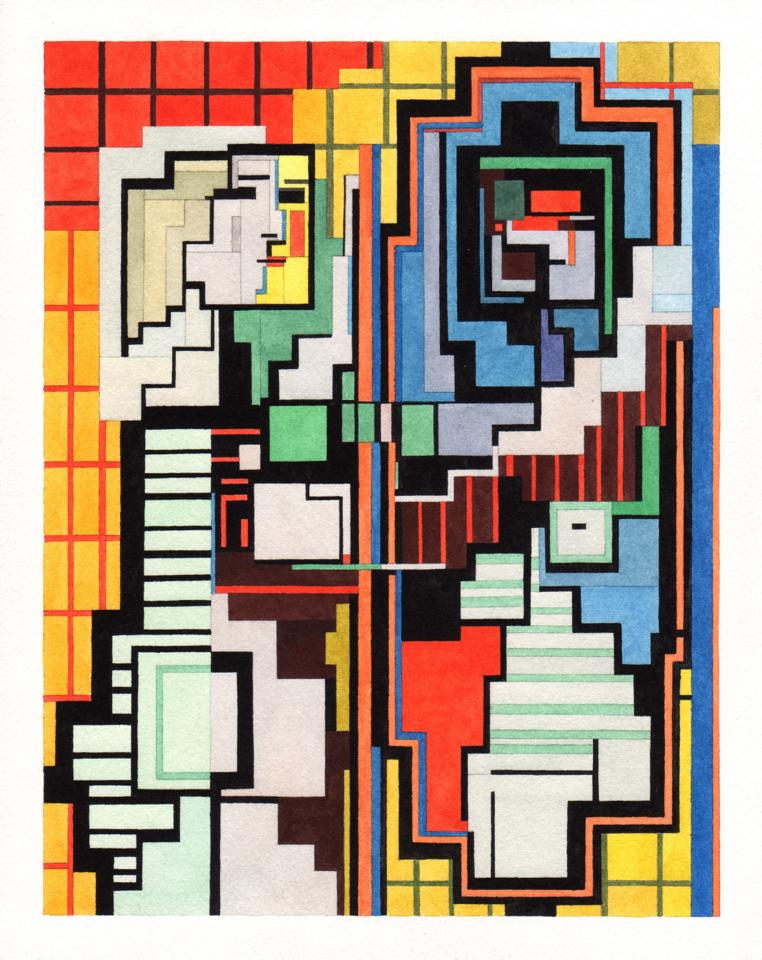
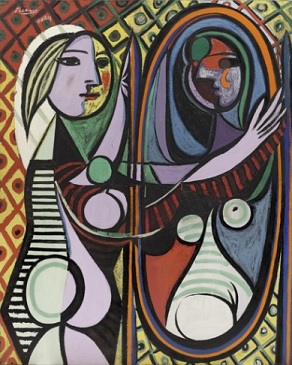
Even when the sweeping, natural forms of human bodies, landscapes, and objects are turned into rigid squares, your mind can still fill in the shapes and understand what you're looking at.
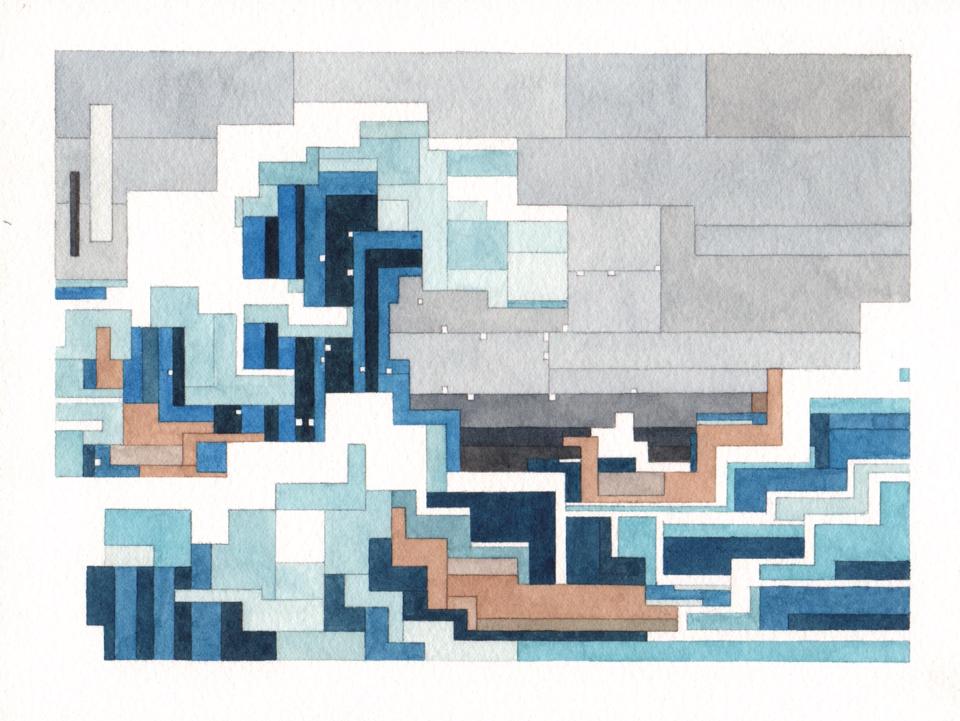
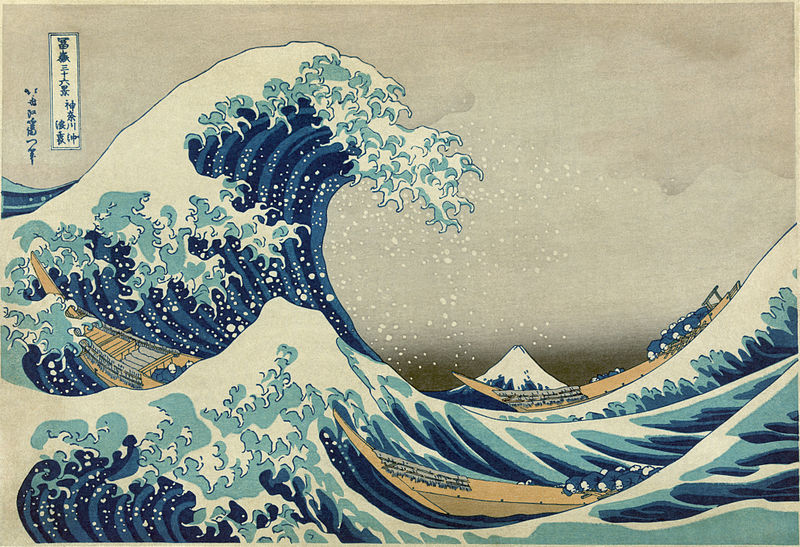
And that's why even the most basic of pixel art is still so effective. You understood what the ships in Space Invaders looked like, right? It's the same principle!
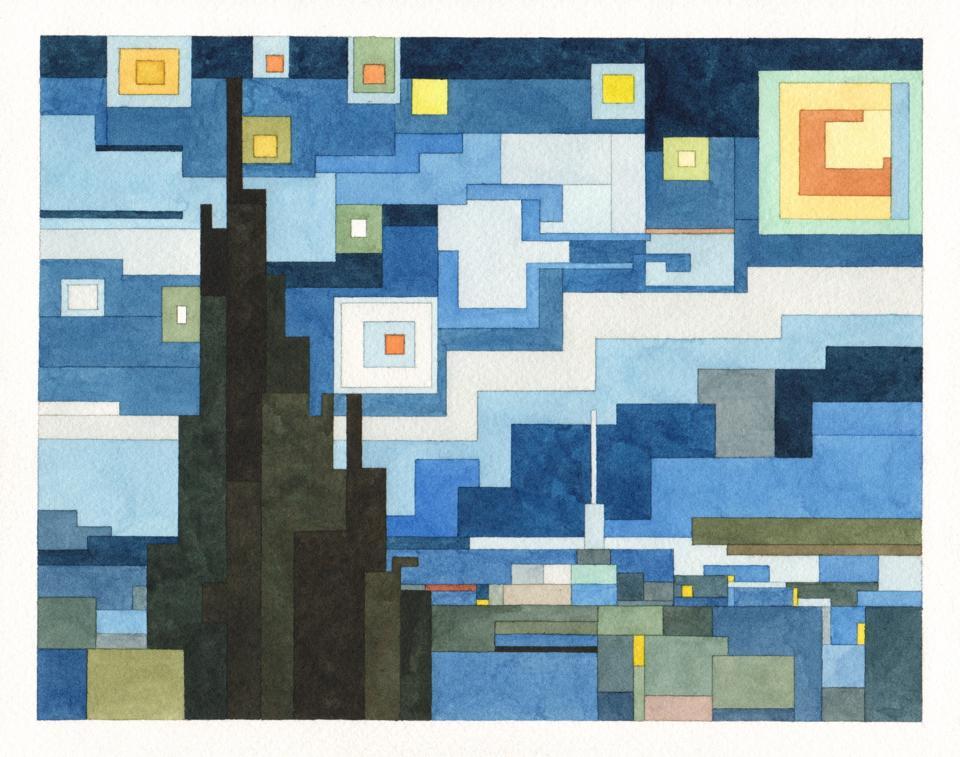

And it's an amazing testament to how the human brain can interpret, fill in, and project information even if only given part of the whole image.
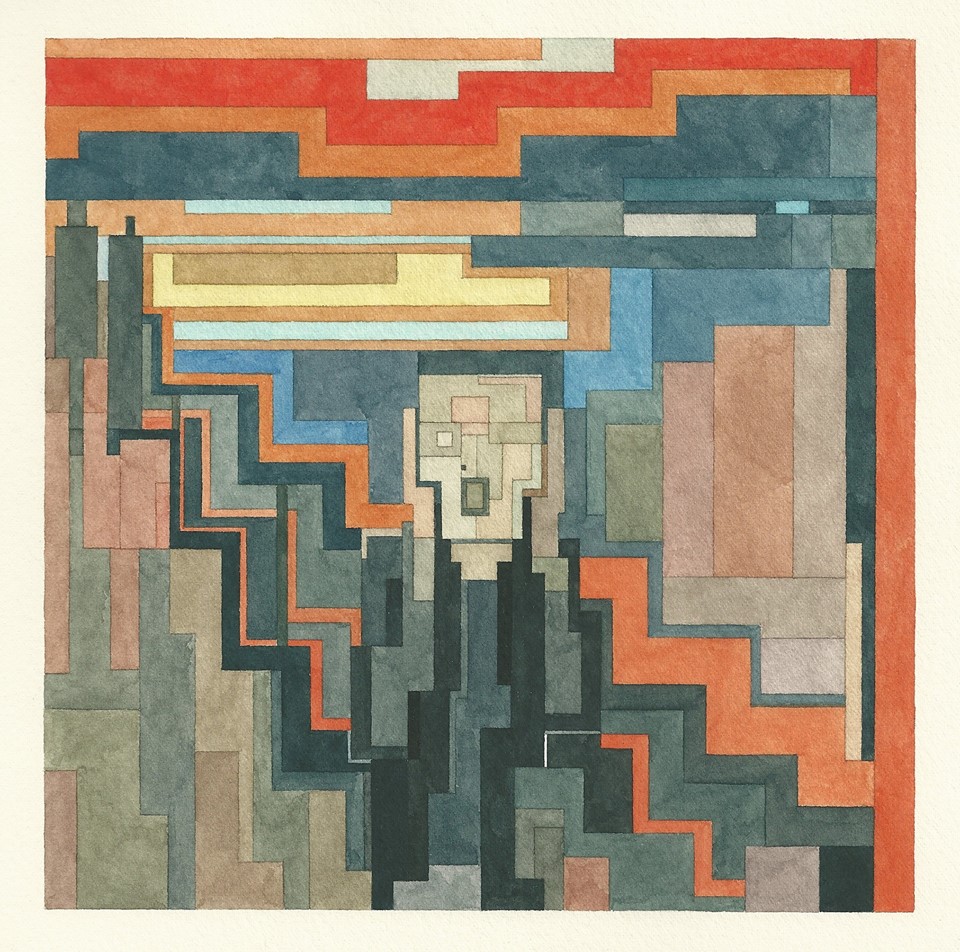
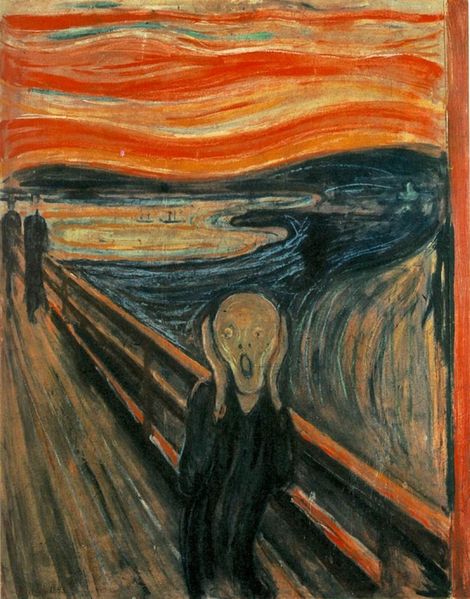
In certain areas, the color have to be approximated, too, which means finding an "average" of the colors that would fit into one square. But even without a perfect copy of the colors, our eyes can make sense of the images.
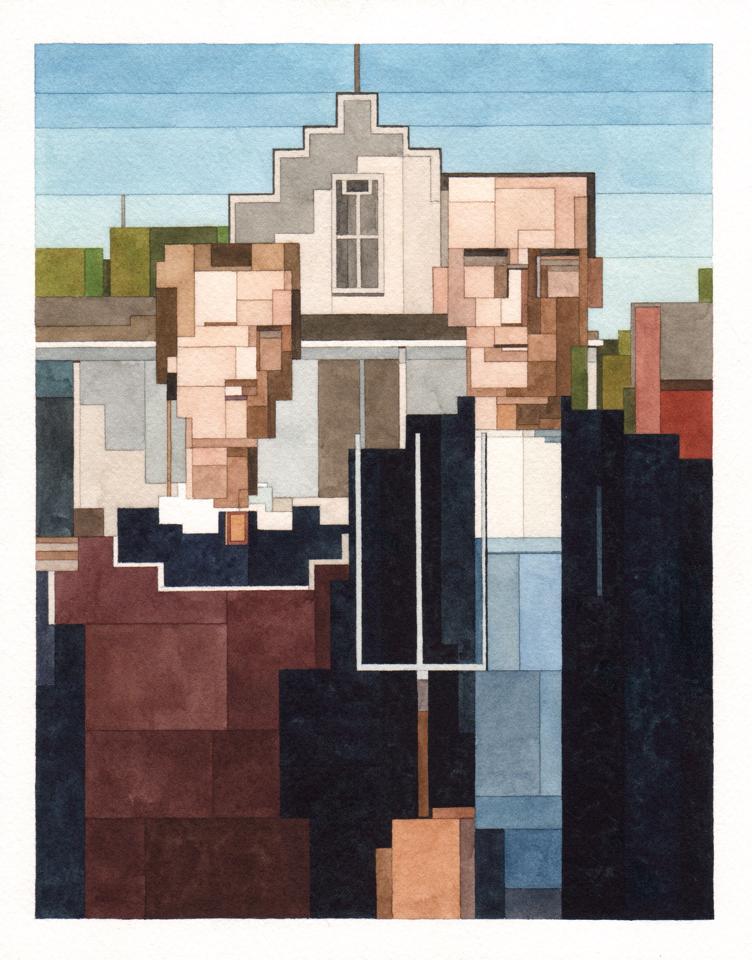

And while his paintings look like "simplified" versions of the paintings, a lot of careful planning must go into each one.
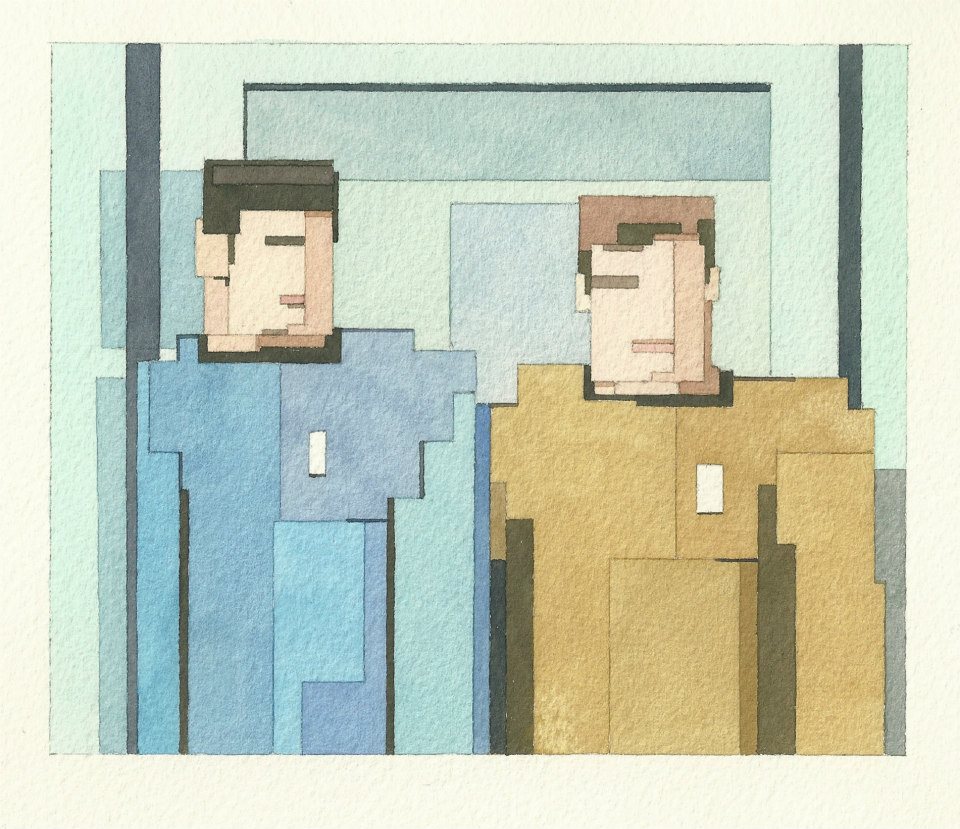
In addition to famous, classical paintings, Adam also "pixelates" many characters and scenes from popular media, like TV shows, movies, and more.
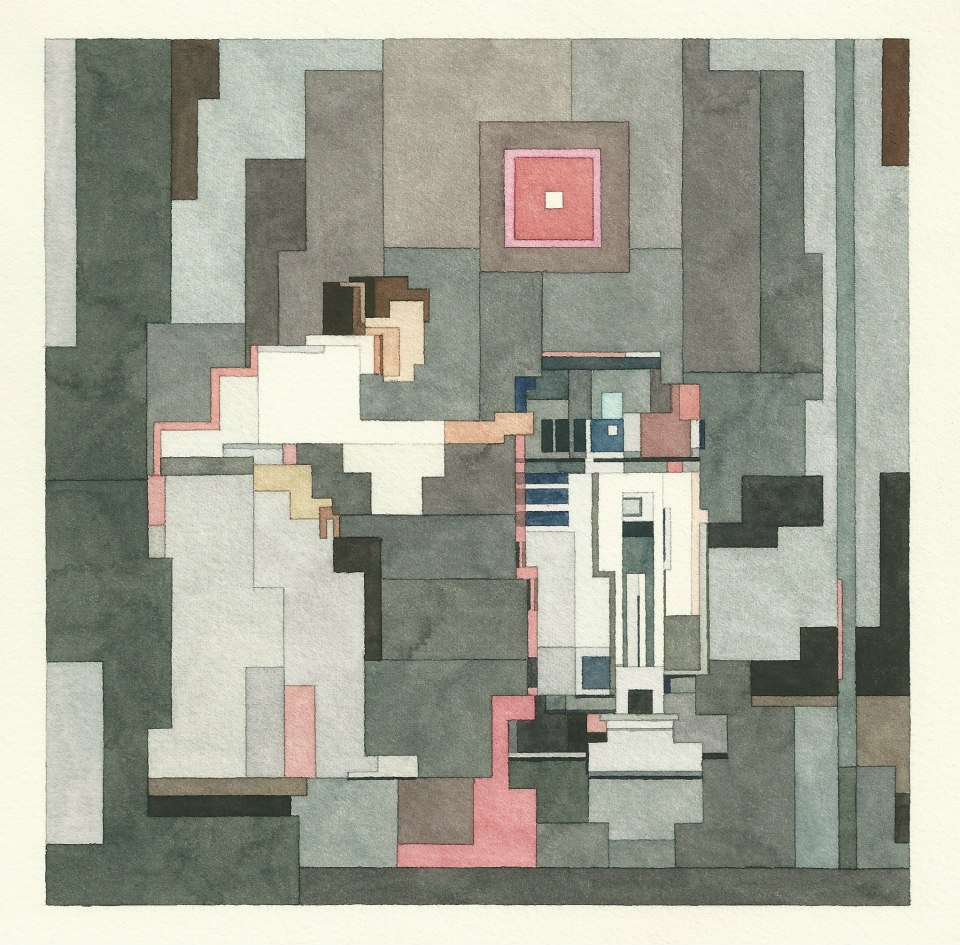
Like with the paintings, you can immediately recognize these images even if they've been reduced to flat squares of color.
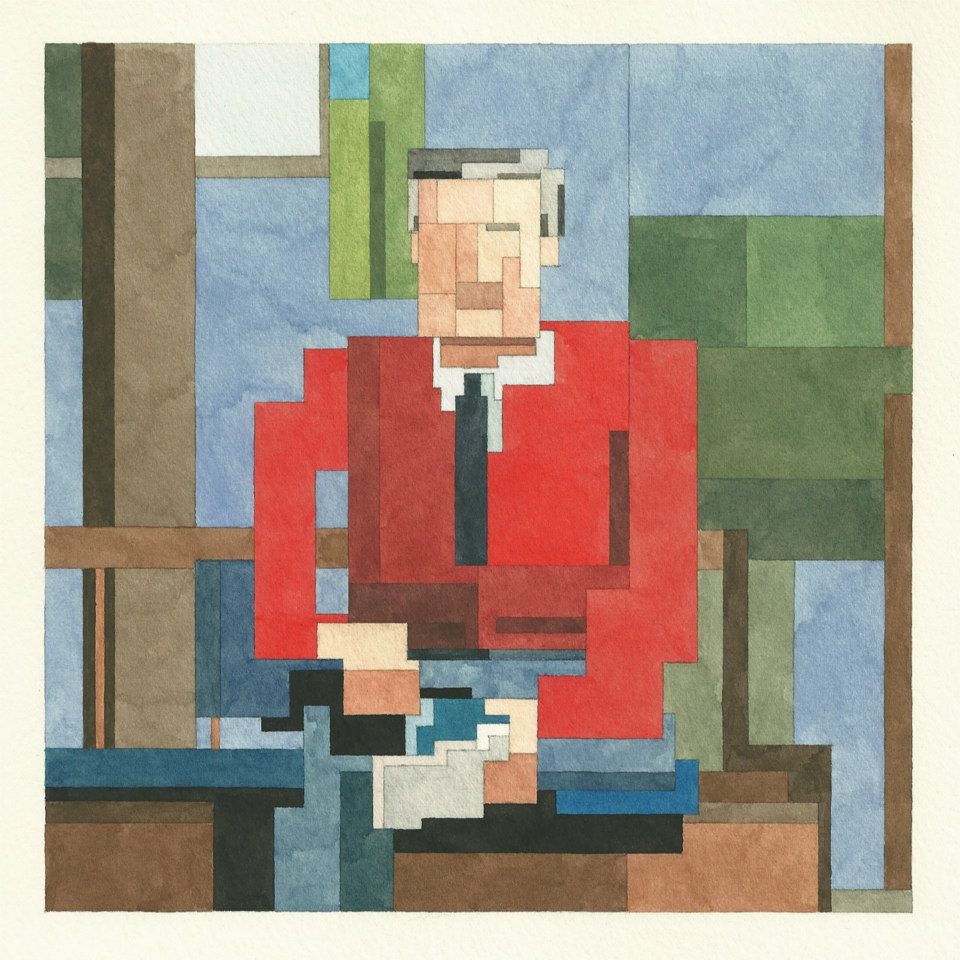
It helps, of course, that many of the characters you know and love have pretty easily identifiable costumes and traits!
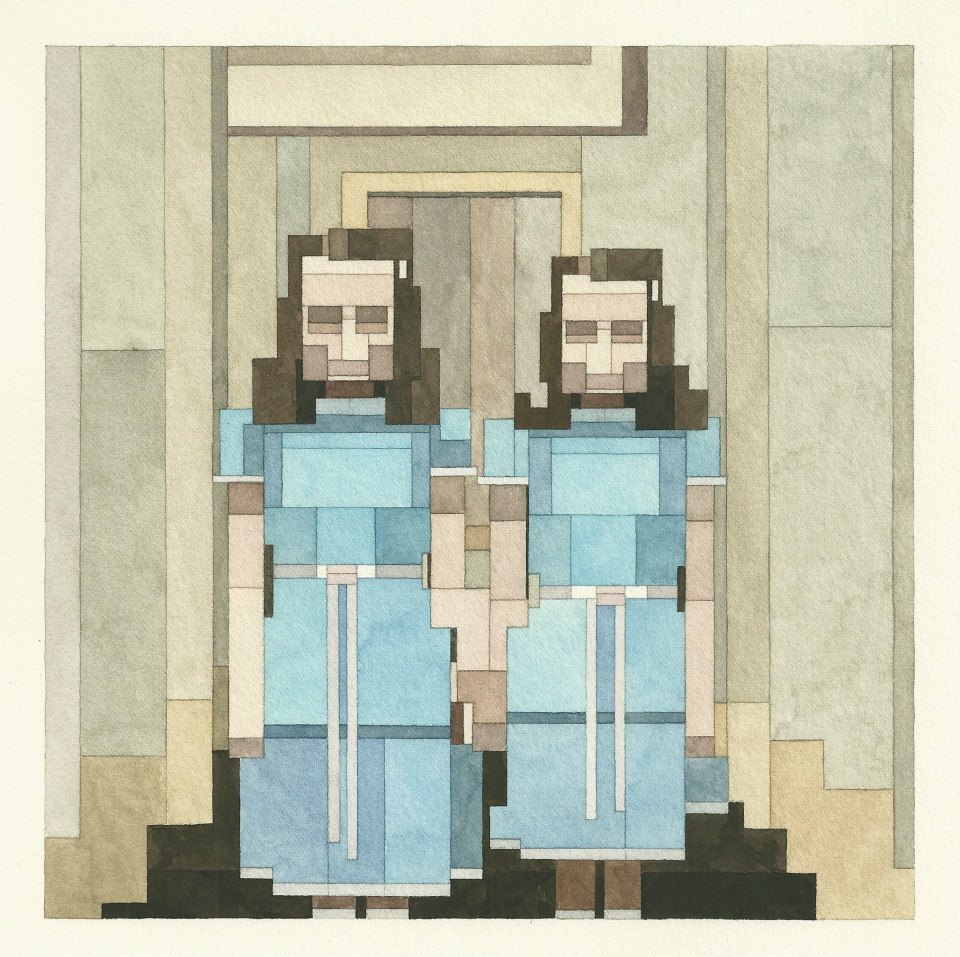
You might wonder why he's stick to putting his spin on images that have already been created, but his "pixelations" give us a new way to look at something we think we know inside and out.
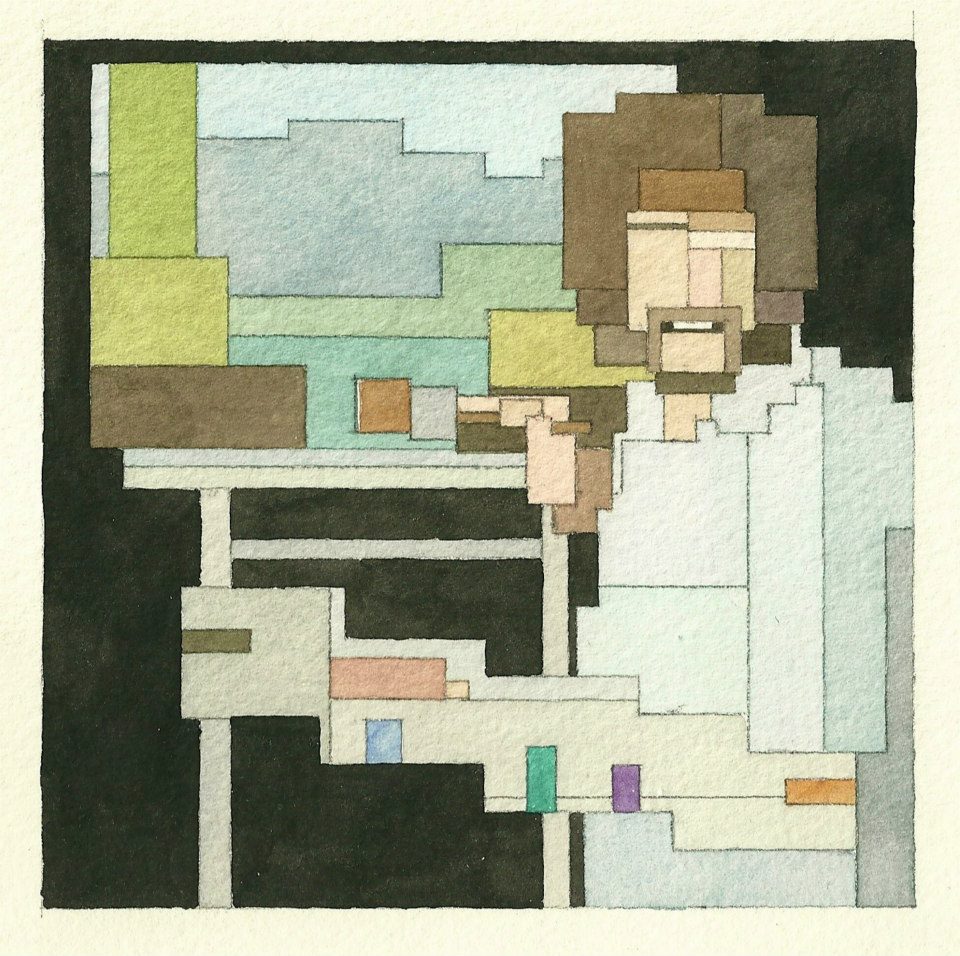
And as the images get more and more abstracted, we see the basic lines and shapes that really make them up. It's a study in composition.
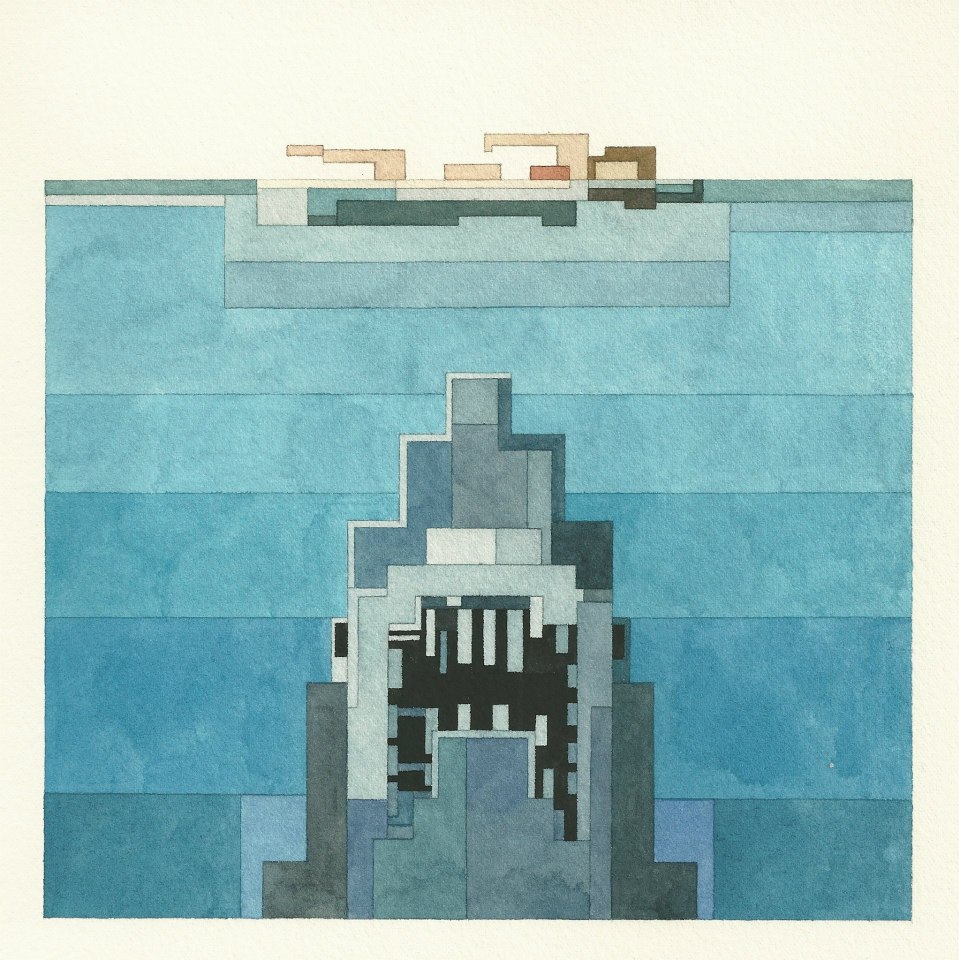
Adam is very prolific, so if you'd like to see more of his work, check out his website and Facebook page. There are even 3D-printed models of his work and T-shirts available for purchase!
And if someone you know loves looking at familiar things in a new way, be sure to SHARE Adam Lister's art with them!




